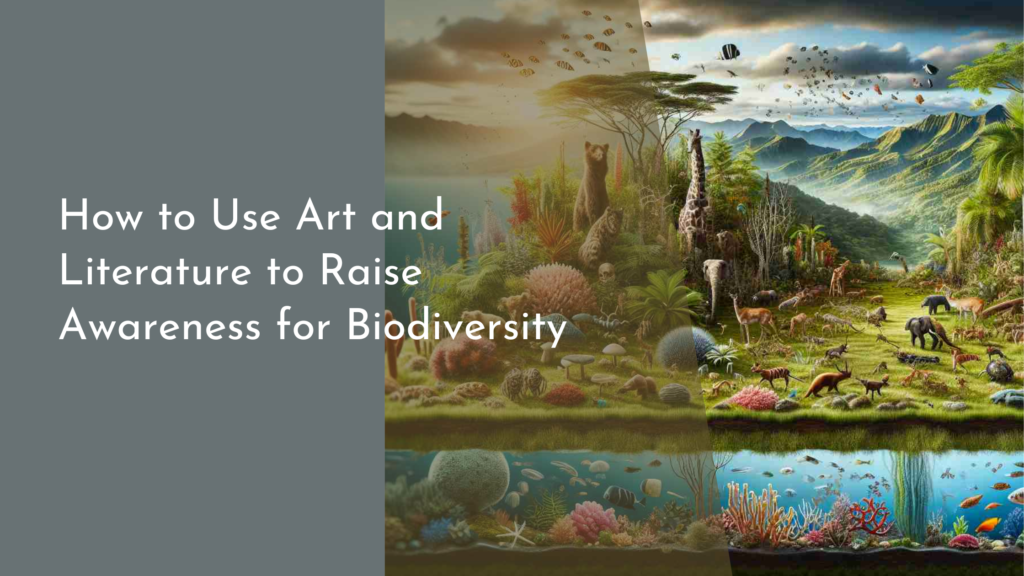Biodegradable mesh for aquaculture enclosures
As the global demand for seafood continues to rise, the aquaculture industry is on the lookout for sustainable solutions that balance production with environmental stewardship. One of the most promising innovations in this field is the use of biodegradable mesh for fish enclosures. This eco-friendly alternative to traditional nets not only supports the health of aquatic ecosystems but also addresses a crucial issue of plastic pollution in our oceans. In this article, we explore the future of aquaculture with biodegradable mesh, highlighting its benefits, sustainability aspects, and innovative materials that are making waves in the industry.
Discover the Future of Aquaculture with Biodegradable Mesh
The aquaculture industry has long faced challenges related to the environmental impact of conventional farming practices, particularly in the context of plastic waste. Traditional mesh nets used for enclosures often end up in oceans and waterways, contributing to the ever-growing issue of marine debris. Biodegradable mesh presents an exciting solution, designed to break down naturally over time, reducing the risk of entanglement for marine life and promoting a healthier aquatic environment. This innovative approach not only minimizes pollution but also aligns with the increasing consumer demand for eco-friendly seafood.
Moreover, the development of biodegradable mesh technologies indicates a significant shift in the industry’s mindset towards sustainability. Adopting this material represents not just a change in physical resources but also a commitment to preserving marine ecosystems. By utilizing biodegradable options, aquaculture operations can showcase their dedication to responsible practices, appealing to environmentally conscious consumers and setting a benchmark for others in the industry. As awareness of sustainable practices grows, so too does the potential for biodegradable mesh to redefine the norms of fish farming.
Benefits of Using Eco-Friendly Mesh in Fish Enclosures
One of the primary benefits of biodegradable mesh is its potential to minimize environmental impact. Unlike traditional nets, which can take centuries to decompose, biodegradable options are designed to break down within a few years, depending on the conditions in which they are used. This reduction in waste and environmental burden not only preserves marine habitats but also enhances the overall health of aquatic ecosystems. By eliminating the risk of ghost nets—abandoned or lost fishing gear that ensnares wildlife—biodegradable mesh offers a safer environment for both fish and other marine creatures.
In addition to environmental benefits, biodegradable mesh can also improve the longevity and health of the fish being farmed. As these nets decompose, they create a natural environment that supports the growth of beneficial microorganisms. These microorganisms can help maintain water quality while contributing to the overall well-being of the fish. Furthermore, the reduced likelihood of net tangling means healthier fish stocks, ultimately leading to better yields for aquaculture operations. By prioritizing eco-friendly materials, farmers can ensure a more sustainable and productive future for their businesses.
How Biodegradable Mesh Supports Sustainable Aquaculture
Sustainable aquaculture encompasses a variety of practices aimed at minimizing environmental impact while maximizing productivity. Biodegradable mesh is a vital tool that supports this mission by providing a sustainable alternative to traditional materials. By reducing plastic waste and promoting the natural breakdown of materials, this innovative mesh aligns seamlessly with the principles of sustainable farming. It encourages a circular economy by allowing fish farms to operate with minimal disruption to surrounding ecosystems.
Additionally, the adoption of biodegradable mesh can provide economic benefits for aquaculture operations. As regulations surrounding plastic use become more stringent, switching to biodegradable options can help farms avoid potential fines and compliance costs associated with plastic waste. Furthermore, by marketing their commitment to sustainability, aquaculture businesses can attract a growing demographic of environmentally conscious consumers. In this way, biodegradable mesh not only supports ecological balance but also opens up new avenues for profitability in the aquaculture sector.
Innovations in Aquaculture: Meet Your New Favorite Material!
The introduction of biodegradable mesh into aquaculture represents a significant leap forward in the quest for sustainable fishing practices. This innovative material is often derived from natural sources such as plant fibers, which not only enhances its biodegradability but also reduces reliance on fossil fuels. Some of the most promising biodegradable meshes incorporate materials like hemp, corn starch, and other biodegradable polymers, showcasing how technology can harness nature’s own resources to create effective solutions for modern challenges.
As research and development in this area continue to advance, we can expect to see even more exciting innovations in biodegradable mesh technology. From enhanced durability to improved functionality, the future of aquaculture looks bright with these new materials. With a cheerful embrace of innovation, both fish farmers and consumers can unite in the pursuit of a more sustainable seafood industry, ensuring that the practices we adopt today lead to a healthier planet for generations to come.
In conclusion, the rise of biodegradable mesh for aquaculture enclosures signifies a hopeful and transformative step towards sustainable seafood production. By reducing plastic waste and supporting healthier aquatic ecosystems, this innovative material exemplifies the kind of progress that can be made when industry and environmental stewardship come together. As the aquaculture sector continues to evolve, embracing eco-friendly options like biodegradable mesh will not only benefit the planet but also ensure a thriving future for fish farming. Together, let’s celebrate these advancements and support a more sustainable approach to seafood. Happy fish farming!

